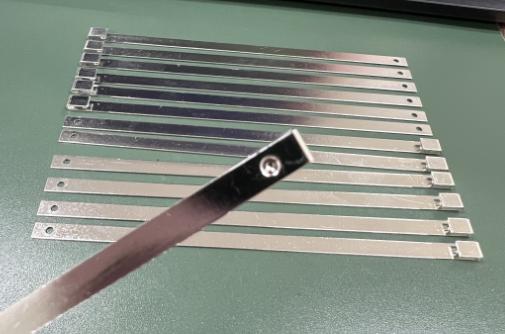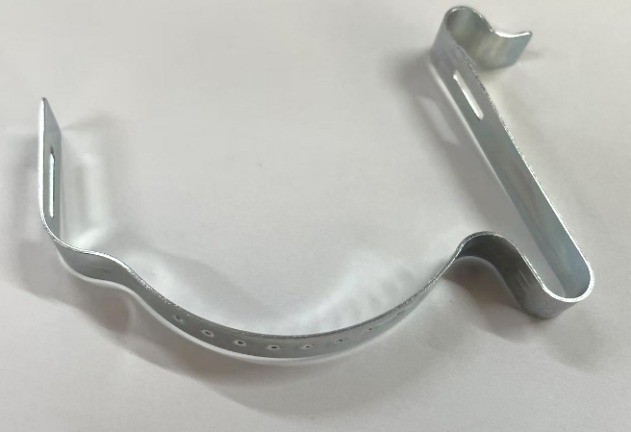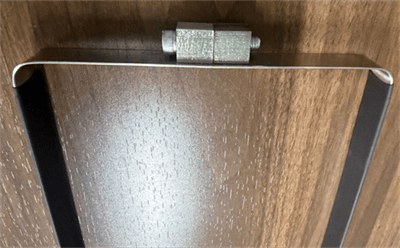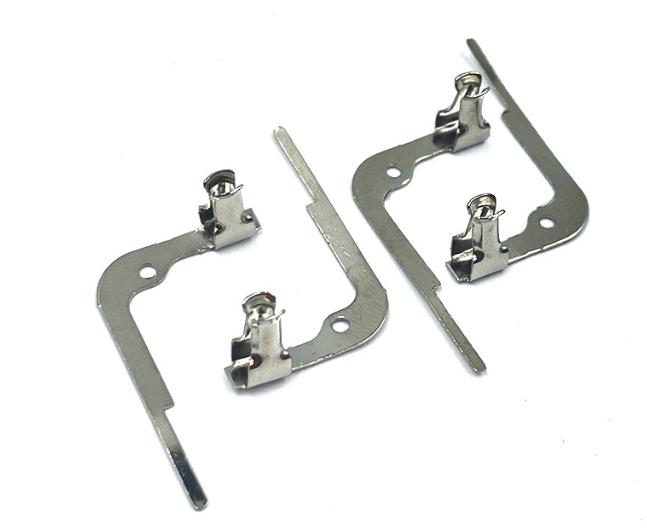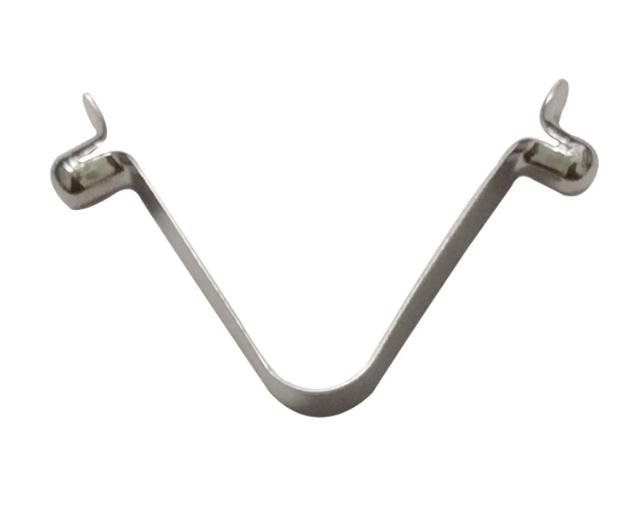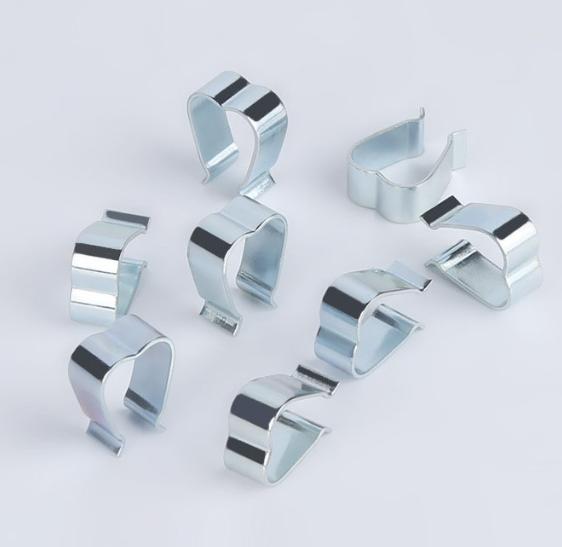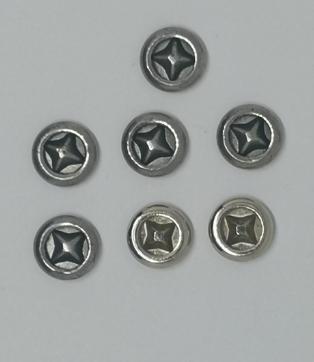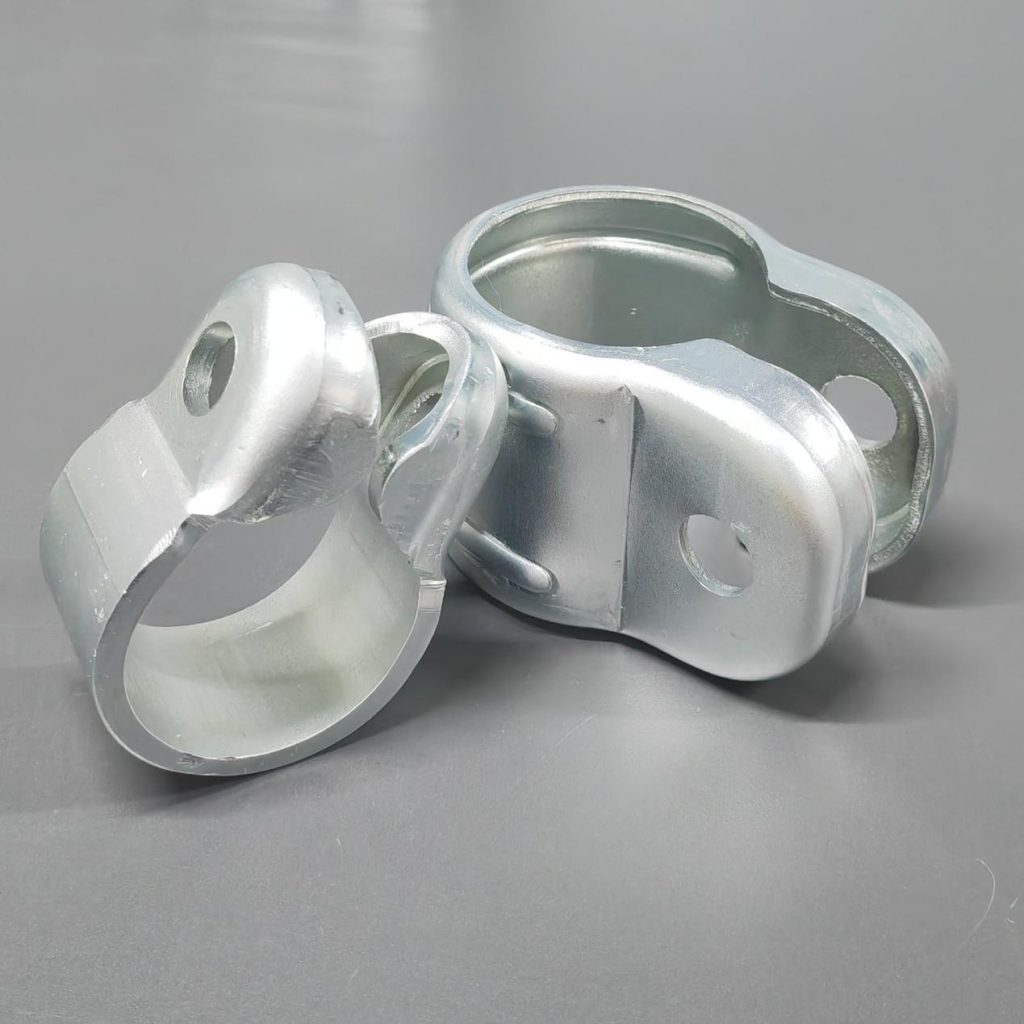How to Extend the Service Life of Metal Stamping Parts
Metal stamping parts are widely used in various fields of our lives. The service life of metal stamping parts is directly related to the production cost and the quality of the products. Therefore, it is very important to extend the service life of metal stamping parts. This article will delve into key considerations during maintenance to enhance the longevity of metal stamping parts.
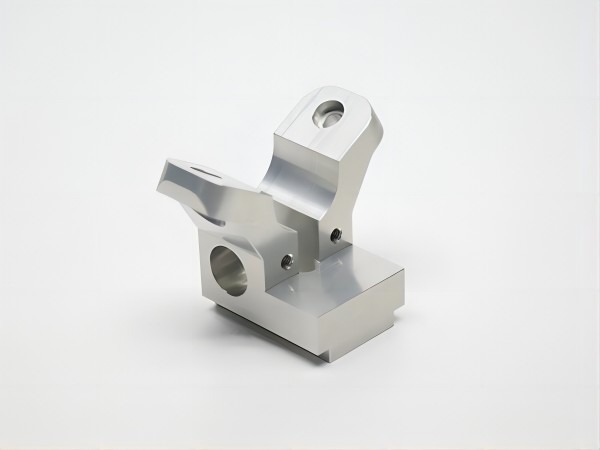
Deep Dive into Extending the Life of Metal Stamping Parts
1. Scrutinizing Before Installation and Use
Imagine a meticulous detective examining a crime scene. This is the level of detail you need when inspecting metal stamping parts before they touch a machine. Dirt, even the tiniest speck, can wreak havoc on the delicate dance between punch and die. So, grab a magnifying glass and meticulously:
- Wipe away any grime: Use lint-free cloths and appropriate cleaning solvents to remove dust, oil, and metal shavings from every nook and cranny of the parts.
- Inspect the guide sleeve: This unsung hero ensures smooth movement during stamping. Check for wear, cracks, or misalignment. If it’s not pristine, replace it immediately.
- Feel the lubrication love: Run your fingers over the mold surfaces. They should be slick with a high-quality lubricant suited for the specific stamping process. If it’s dry or gritty, reapply generously.
Remember, a clean and well-lubricated part is a happy part, and happy parts mean a longer, more productive life.
2. Mold Orientation: A Match Made in Stamping Heaven
Think of the mold and mold installation fixture as two puzzle pieces. They need to fit together perfectly, or the stamping process becomes a chaotic jumble. Here’s how to ensure a harmonious union:
- Follow the mold’s installation steps religiously: Every mold has its own quirks and preferences. Consult the manufacturer’s instructions and meticulously follow each step.
- Double-check orientation, especially for the picky ones: Some metal stamping parts demand precise alignment. Scrutinize the mold for any directional markings or asymmetries. A slight mismatch can lead to misaligned parts and wasted material.
- Prevent misassembly and backflow: Like two puzzle pieces that fit in the wrong way, misassembled molds can create havoc. Ensure all components are securely fastened and aligned correctly. Backflow, where the material flows in the wrong direction, can also occur due to improper assembly. Be vigilant!
A perfectly aligned mold is like a well-oiled machine, churning out flawless parts with every press.
3. Timely Grinding: Don’t Let Wear Steal the Show
Picture a pair of blunt scissors struggling to cut through paper. That’s what happens when the punch and die edges of your metal stamping parts start to wear. To keep the process sharp and efficient:
- Monitor for edge wear: Regularly inspect the punch and die edges for signs of wear, like chipping, rounding, or burrs. Early detection is key!
- Don’t delay, grind away!: Once you notice wear, don’t wait for it to worsen. Stop the stamping process immediately and have the edges professionally ground. Delaying this crucial step can lead to rapid wear escalation, compromised part quality, and ultimately, a shorter lifespan for your mold and parts.
Remember, a sharp edge is a happy edge, and happy edges mean happy production lines.
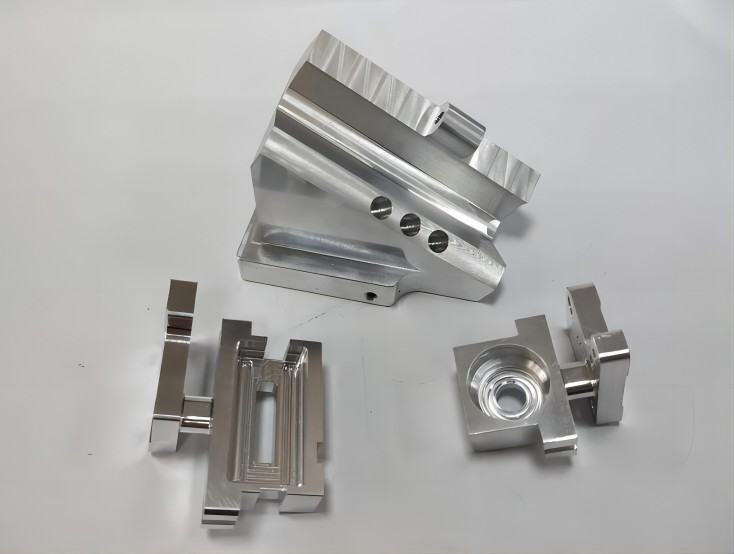
4. Turntable Tango: Keeping the Rhythm of Precision
Imagine a ballerina gracefully twirling on stage. That’s the kind of precision you need from the turntable holding your punch. To maintain this delicate balance:
- Regularly check the turntable and mold mounting base: Look for any signs of misalignment, looseness, or wear. Even the smallest wobble can throw off the stamping process and affect part quality.
- Concentricity is king: Ensure the upper and lower turntables are perfectly concentric, like two perfectly overlapping circles. Any deviation can lead to uneven pressure distribution and premature mold wear.
A well-maintained turntable keeps the stamping process in rhythm, ensuring consistent quality and long-lasting performance.
5. Soft Touch: Mold Installation with Tenderness
Installing a mold is like handling a delicate newborn. Treat it with care, and it will reward you with years of loyal service. Here’s how to be a gentle giant:
- Ditch the metal mayhem: Avoid using harsh metal tools during installation. Opt for soft metal tools or specialized installation tools designed for the specific mold. A rough touch can damage the mold surfaces and lead to premature wear.
- Handle with (gloved) care: Wear gloves to protect both the mold and your hands during installation. Not only will this prevent nicks and scratches, but it also keeps the mold surfaces clean and free of fingerprints.
Remember, a gentle touch goes a long way in ensuring a smooth installation and a long, healthy life for your mold.
6. Springtime for Springs: Keeping the Bounce in the Process
Just like a trampoline needs its springs to keep things bouncy, the springs in your mold play a crucial role in maintaining optimal pressure and part quality. Here’s how to keep them springy:
- Regularly inspect the springs: Look for signs of fatigue, like cracks, rust, or loss of tension. Even a seemingly minor issue can affect the spring’s performance and lead to uneven pressure distribution, part inconsistencies, and ultimately, premature mold wear.
- Schedule timely replacements: Don’t wait for a spring to break completely before replacing it. Proactive maintenance is key. Follow the manufacturer’s recommended replacement schedule or consult with a qualified technician to determine the optimal replacement frequency for your specific mold and production needs.
- Invest in quality replacements: Don’t skimp on springs. Choose high-quality springs made from durable materials and designed specifically for your mold. Cheap replacements might seem like a bargain in the short term, but they can lead to frequent breakdowns and costly downtime in the long run.
By keeping your springs in tip-top shape, you ensure a consistent, reliable stamping process and extend the lifespan of your valuable mold.
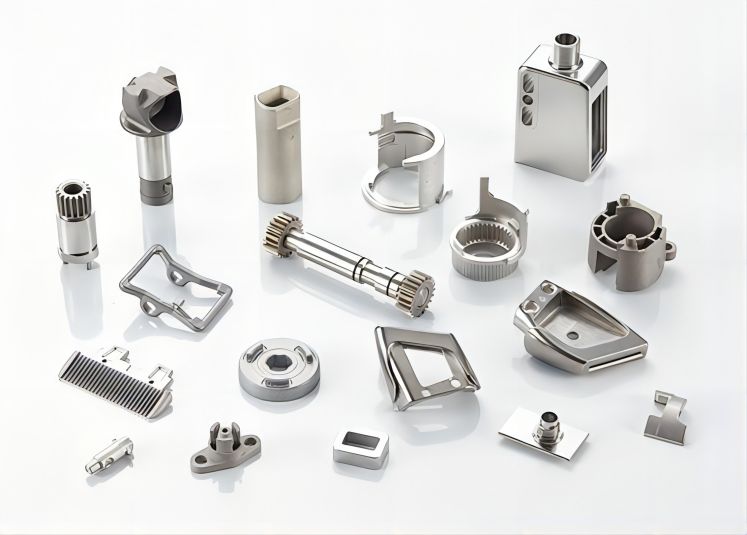
Conclusion
The service life of metal stamping parts is not only related to the reasonable mold structure, high manufacturing accuracy, good heat treatment effect, correct selection of the press, and installation accuracy of the metal stamping parts, but also to the correct use, maintenance, and maintenance of the mold. Therefore, we must eliminate the adverse effects of various factors on the service life of metal stamping parts, and take effective measures to improve their service life.

